
🔎 Transposable elements and miRNAs in development and disease
📌 @herassr.bsky.social lab in GENYO (Granada, Spain)
#TEsky #TEworldwide
authors.elsevier.com/c/1m6MC,LqAZ...
#TEsky #TEworldwide
authors.elsevier.com/c/1m6MC,LqAZ...

We describe a detailed protocol to inhibit the expression of transposable elements in human pluripotent stem cells, developed thanks to @asapresearch.parkinsonsroadmap.org funding.
Special shoutout to @anitaada.bsky.social!
www.biorxiv.org/content/10.1...

We describe a detailed protocol to inhibit the expression of transposable elements in human pluripotent stem cells, developed thanks to @asapresearch.parkinsonsroadmap.org funding.
Special shoutout to @anitaada.bsky.social!
www.biorxiv.org/content/10.1...



www.biorxiv.org/content/10.1...

www.biorxiv.org/content/10.1...
Funded by @asapresearch.parkinsonsroadmap.org
www.cell.com/cell-genomic...
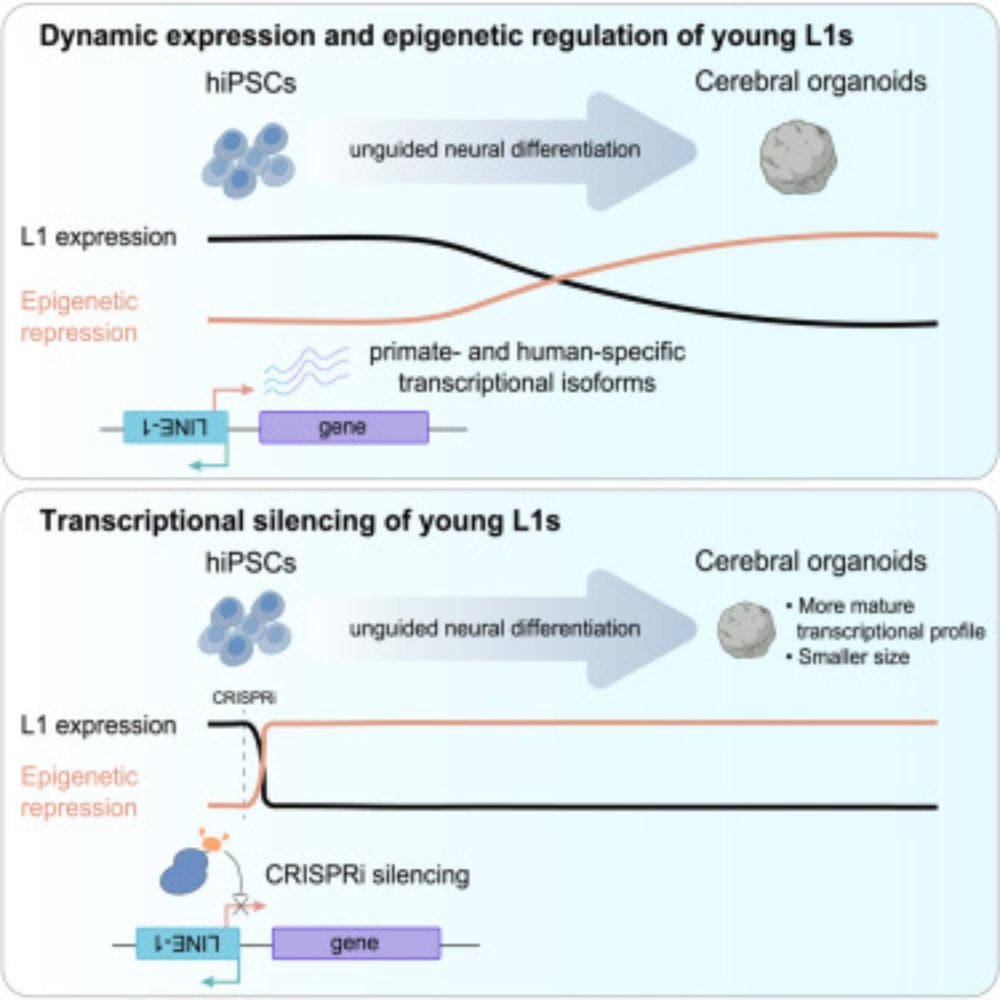
Funded by @asapresearch.parkinsonsroadmap.org
www.cell.com/cell-genomic...
www.nature.com/articles/s41...
More than half of the new genomic variation uncovered in the study was found in those tricky repetitive regions, including in transposons, also known as jumping genes.
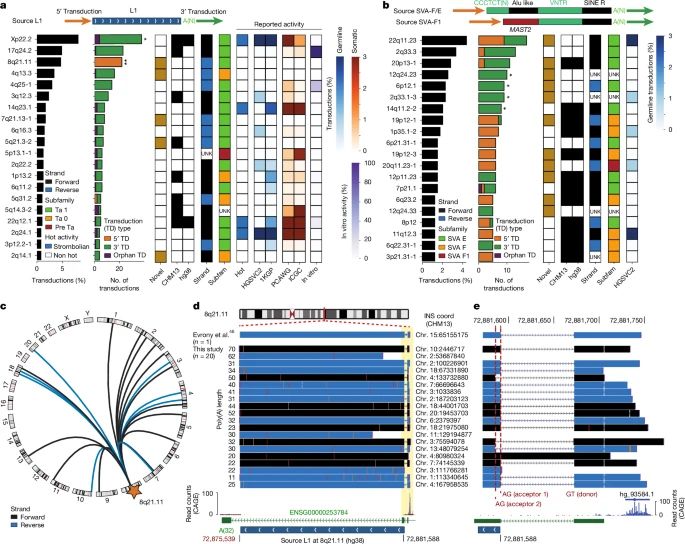
www.nature.com/articles/s41...
More than half of the new genomic variation uncovered in the study was found in those tricky repetitive regions, including in transposons, also known as jumping genes.
cc/ @pilargmarch.bsky.social @saramaciasrna.bsky.social @herassr.bsky.social
www.biorxiv.org/content/10.1...

cc/ @pilargmarch.bsky.social @saramaciasrna.bsky.social @herassr.bsky.social
www.biorxiv.org/content/10.1...
This work led by former trainee Dr. Juan Brado @the-te-guy.bsky.social and new grad student Ms. Eyael Tewelde, to undertstand how upregulation of a single retrotransposon (here, AluJB) impacts cellular phenotypes! A 🧵, 1/9
www.biorxiv.org/content/10.1...

This work led by former trainee Dr. Juan Brado @the-te-guy.bsky.social and new grad student Ms. Eyael Tewelde, to undertstand how upregulation of a single retrotransposon (here, AluJB) impacts cellular phenotypes! A 🧵, 1/9
www.biorxiv.org/content/10.1...
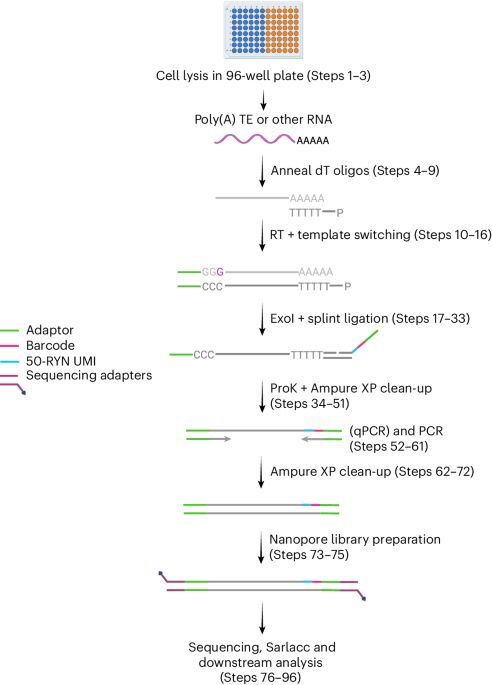
In collaboration with @saramaciasrna.bsky.social and @heick.bsky.social labs
🧬 Control of retrotransposon-driven activation of the interferon response by the double-stranded RNA binding protein DGCR8 and its implications in 22q11.2 deletion syndrome.
#22q11 #TEsky #RNAsky
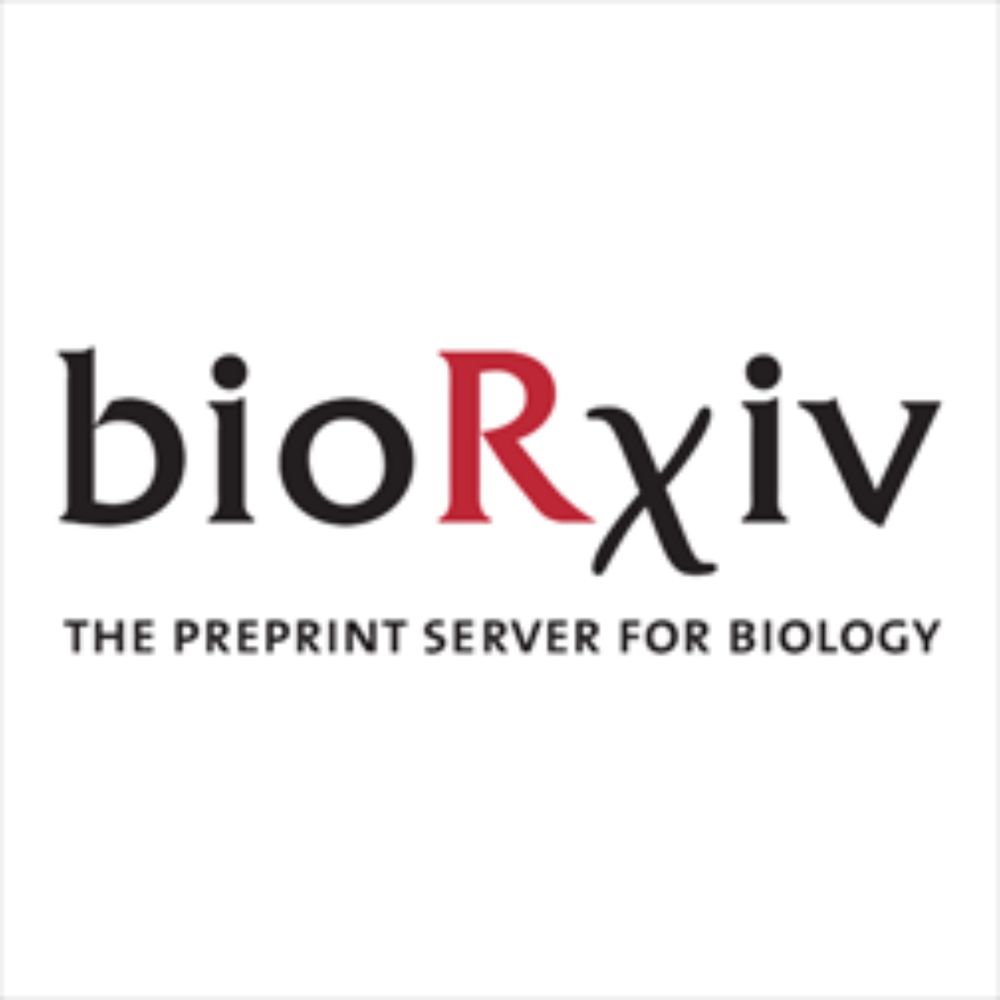
In collaboration with @saramaciasrna.bsky.social and @heick.bsky.social labs
🧬 Control of retrotransposon-driven activation of the interferon response by the double-stranded RNA binding protein DGCR8 and its implications in 22q11.2 deletion syndrome.
#22q11 #TEsky #RNAsky
In collaboration with @herassr.bsky.social and @heick.bsky.social labs
www.biorxiv.org/content/10.1...

In collaboration with @herassr.bsky.social and @heick.bsky.social labs
www.biorxiv.org/content/10.1...
RNA binding protein DGCR8.
www.biorxiv.org/content/10.1...

RNA binding protein DGCR8.
www.biorxiv.org/content/10.1...
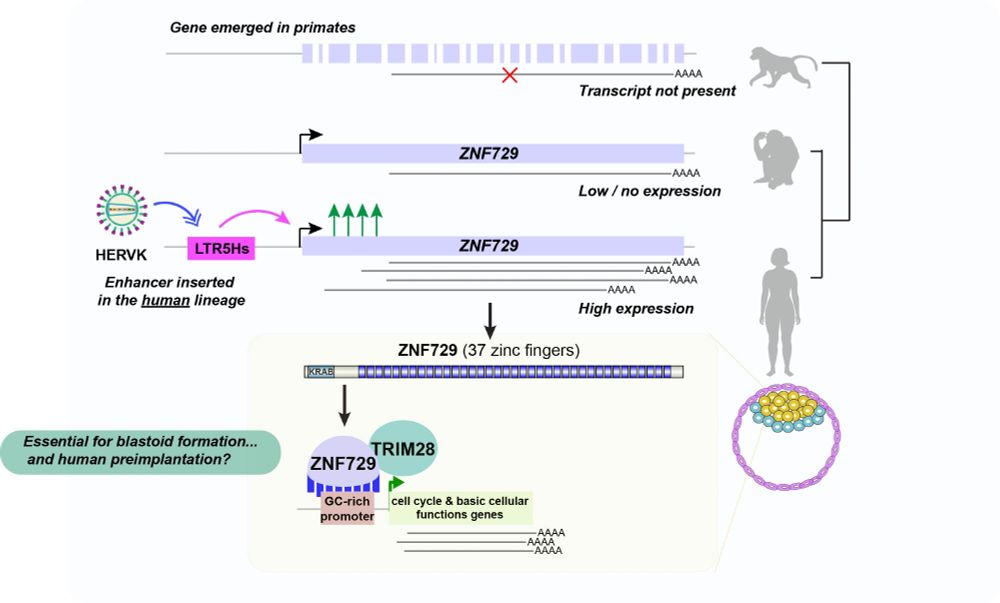
Gag proteins of endogenous retroviruses are required for zebrafish development
www.pnas.org/doi/10.1073/...
Led heroically by Sylvia Chang & @jonowells.bsky.social
A study which has changed the way I think of #transposons! No less! 🧵 1/n
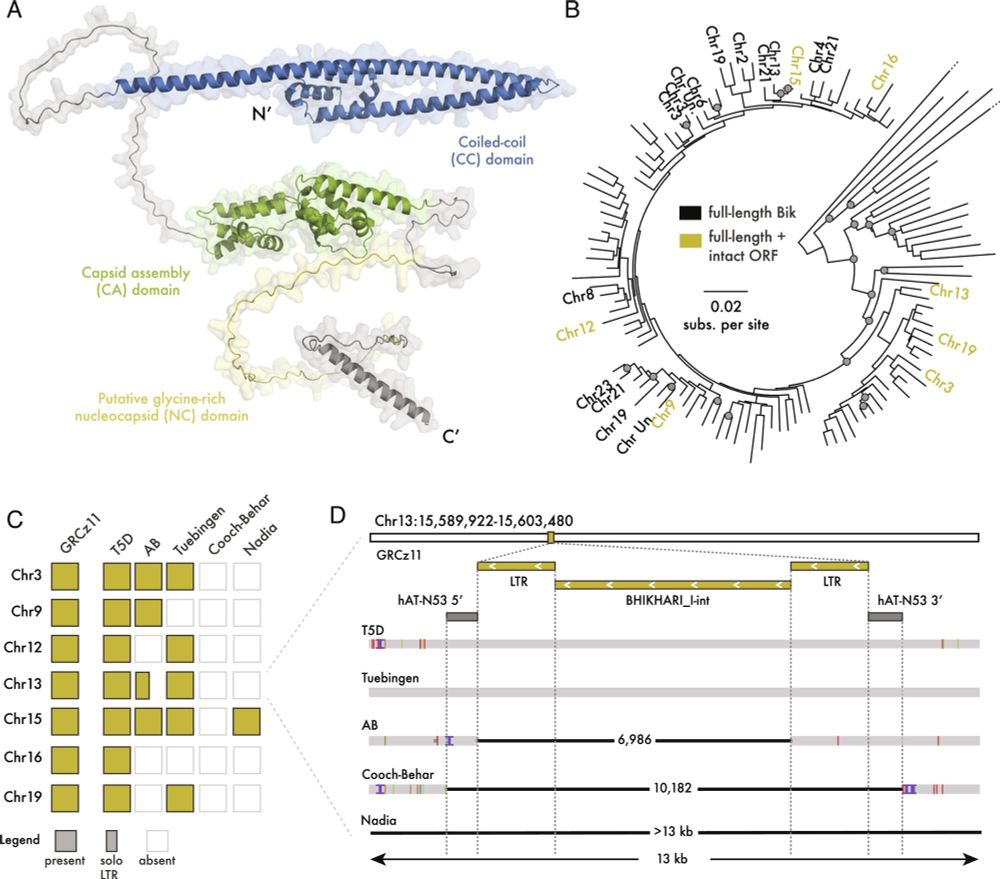
Gag proteins of endogenous retroviruses are required for zebrafish development
www.pnas.org/doi/10.1073/...
Led heroically by Sylvia Chang & @jonowells.bsky.social
A study which has changed the way I think of #transposons! No less! 🧵 1/n
In collaboration with @saramaciasrna.bsky.social, we show DGCR8 haploinsufficiency disrupts pluripotency in hESC by affecting primate-specific miRNAs and TEs. Our findings highlight a co-evolved miRNA-TE network in primates.
Read:
academic.oup.com/nar/article-...

In collaboration with @saramaciasrna.bsky.social, we show DGCR8 haploinsufficiency disrupts pluripotency in hESC by affecting primate-specific miRNAs and TEs. Our findings highlight a co-evolved miRNA-TE network in primates.
Read:
academic.oup.com/nar/article-...
For sequencing datasets consider using ArrayExpress:
www.ebi.ac.uk/biostudies/a...
Many, if not all, GEO datasets are on there.
For sequencing datasets consider using ArrayExpress:
www.ebi.ac.uk/biostudies/a...
Many, if not all, GEO datasets are on there.
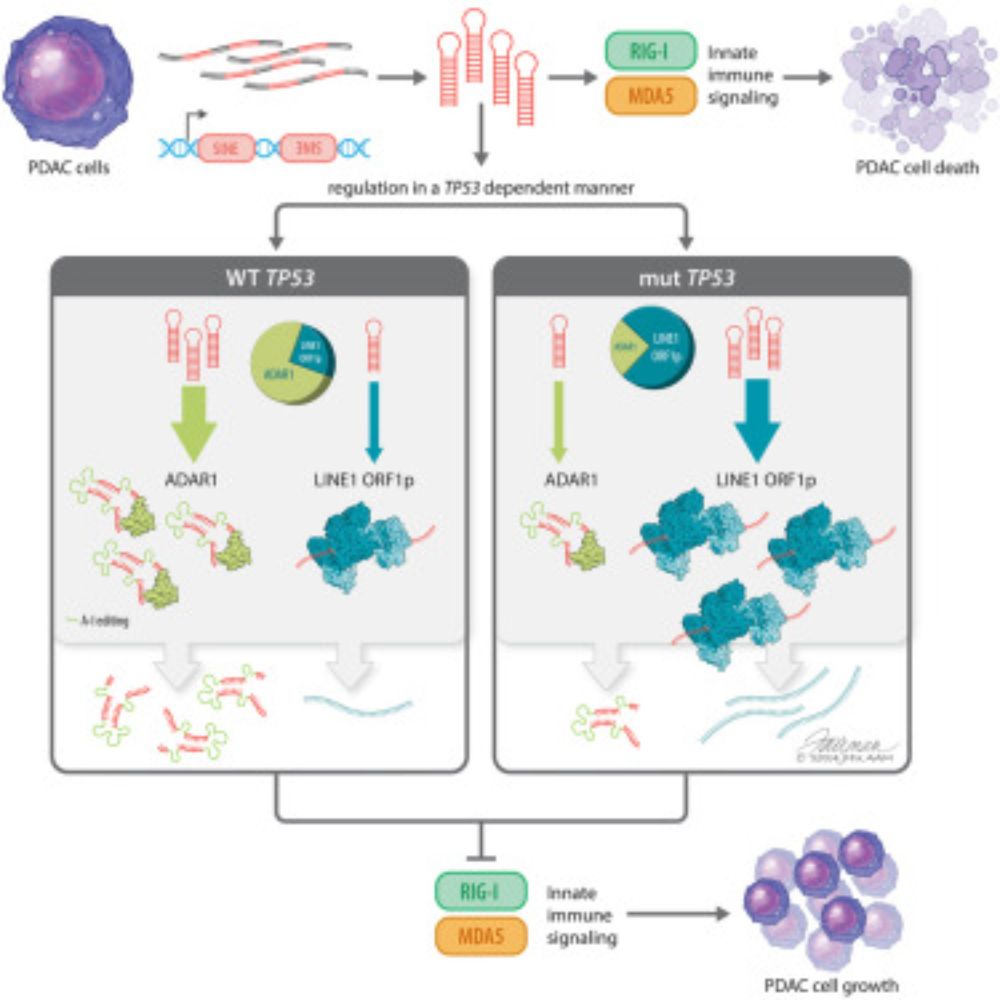
www.mghlab.org/software

www.mghlab.org/software


